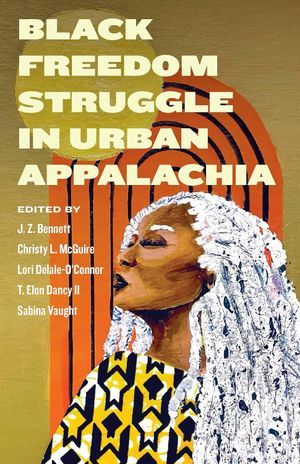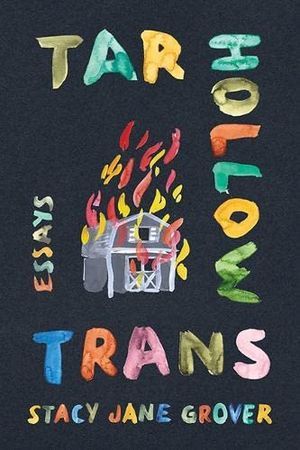When someone is from outside the region of Appalachia, particular stereotypes often come to mind when they think of the area. White, straight, rural, cisgender—all of these identities sit at the forefront of peoples’ minds.
But Appalachia is a complex region, full of people from all walks of life. Sometimes though, like the rest of the country, it’s not welcoming to people from marginalized groups. So what does it mean to exist in a place that may not want you there? What is it like to love a place that often doesn’t love you back?
To Belong Here: A New Generation of Queer, Trans, and Two-Spirit Appalachian Writers edited by Rae GarringerFar too often, Appalachia is viewed as a one-dimensional area, but in reality, Appalachia is a complex place full of people from a range of backgrounds. Rae Garringer, the creator of Country Queers, has gathered together a diverse group of writers from all different walks of life. To Belong Here centers the stories of queer, trans, and two-spirit writers who each have their own stories to tell. Contributors include Joy Cedar, Hermelinda Cortés, Lauren Garretson-Atkinson, Brandon Sun Eagle Jent, Lucien Darjeun Meadows, Rayna Momen, Jai Arun Ravine, G. Samantha Rosenthal, Pumpkin Starr, D. Stump, and Joe Tolbert Jr. |

Black Freedom Struggle in Urban Appalachia edited by J.Z. Bennett, Christy L. McGuire, Lori Delale-O’Connor, T. Elon Dancy II, and Sabina VaughtWhen people think of Appalachia, they don’t often think of Pittsburgh, a city nestled in the hills of Western Pennsylvania. More often than not, people picture the white, rural people who make their home in the nooks and crannies of the region. But Appalachia is so much more than this stereotype. The editors of Black Freedom Struggle in Urban Appalachia highlight the Black, urban Appalachians who have long pushed back against systemic antiblackness in their city and beyond. This anthology tackles topics like the prison industrial complex, education, labor, and so much more. |

Tar Hollow Trans by Stacy Jane GroverStacy Jane Grover grew up in Southeastern Ohio and she didn’t really view herself as Appalachian. But as she moved through the world—transitioning as a teen, falling in and out of love, and trying to find a career—she slowly began engaging with the idea. Grover illustrates a way of being that we don’t often read in literature. Much of trans history focuses on urban centers, but Grover tells a different story where she grew up with her family having a different understanding of who she was. Her grandfather just called her “shy,” which in her region of Appalachia just meant a sort of difference that was accepted, if not understood. |
That’s it for this week! You can find me over on my substack Winchester Ave or over on Instagram @kdwinchester. As always, feel free to drop me a line at [email protected]. For even MORE bookish content, you can find my articles over on Book Riot.
Happy reading, Friends!
~ Kendra









